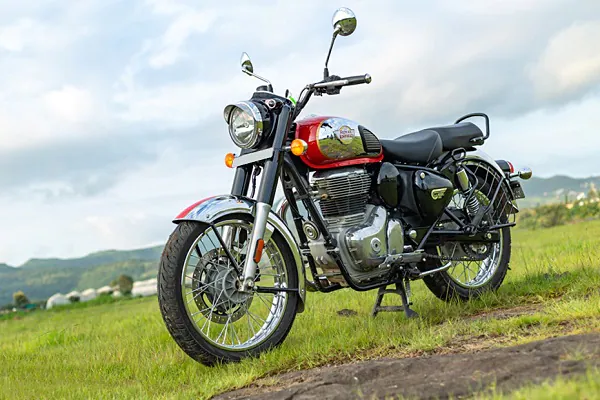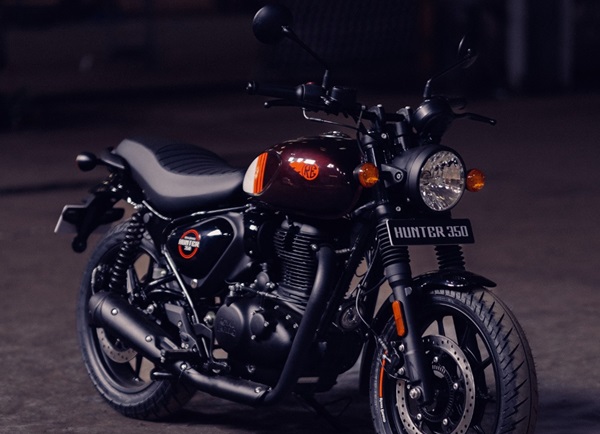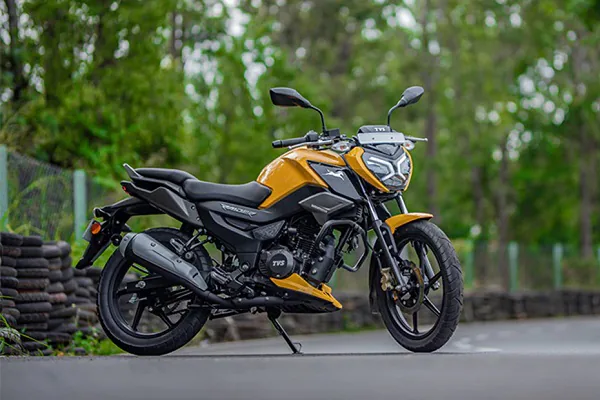As Cyclone Nisarga approaches, here are 10 tips to take care of your vehicles
- Here are the steps you should take if you find your vehicles submerged in case of flooding or external damages.


As Cyclone Nisarga heads towards the coast of Gujarat and Maharashtra. It is expected to flood low-lying areas, especially in cities like Mumbai, besides causing damage to infrastructure.
Recently, Kolkata experienced Cyclone Amphan which swept almost everything in its path, leaving behind a trail of destruction. Several vehicles were seen inundated due to water logging or damaged by fallen trees or structures.
Trending Bikes
As people prepare to face the wrath of nature once again, vehicle owners need to take extra precautions to ensure their cars are safe. It may also be crucial to know what to do if vehicles are found submerged in case of flooding.
Here are 10 things you should keep in mind as Cyclone Nisarga approaches:
Parking securely in the open
A cyclone hitting the coast at around 100 kmph is capable of causing significant damage to structures, including vehicles left in the open. To ensure a vehicle is safe, it is advisable not to park it under trees or poles or even walls that may be weak and/or old. Covered parking is possibly the best place during such a calamity to minimise chances of any external damage to the vehicles. Make sure the handbrake is activated to avoid the storm forcing the vehicle to shift. In case of two-wheelers, it will be easier to probably tie it to some solid structure to avoid it being swept away by strong winds.
Avoid low-lying parking areas
Those who use basement parking, especially in residential complexes, should try to avoid such spots till the storm is over. Flooding or water logging in the basement could lead to major damages to the vehicle, sometimes even causing irreparable damages.
Once the storm is over, chances are that some of the areas will be flooded by heavy rains. Here are the steps to check if your vehicle has any damage due to flooding or strong winds.


Check for any external damage
Water logging will be just one of the concerns once the storm passes. Even if you secure your vehicles in a safe parking spot, chances are that flying debris can hit and cause structural damage. First step should be to look for any such factors when you step out to check your vehicles. Do not forget to check under the vehicle for any debris or possible damage because that is one part usually overlooked by most. Be wary of any broken wire around your vehicle, especially in case it is parked in a waterlogged area.
Get in touch with your car insurance company
If you find your car majorly damaged or under water, call your insurers to assess the extent of damage. In case you try to start your car and damage any part, it is unlikely to get covered by the insurers. Worse still, you may actually damage the car beyond repair.
Check the submersion level
If you find your vehicle partially inundated, check the level first. If the water level is above the bottom of your vehicles’ doors chances are that parts of the interior will be wet. In case the water level rises upto the bonnet or grille of your vehicle, get in touch with your insurance company first.
Also Read : How Cyclone Amphan turned Kolkata roads into sea of woes
Dry out the vehicle
If the damage from water is minimum, it is advisable to dry out the car first. Clean the floor mats if they are removable, else opt for dry cleaning the car if you find the upholstery slightly damp. A wet interior would lead to bad smell inside the car. You can also dry it out with the help of a vacuum cleaner and by keeping the doors open.
Check out for fluid leaks, corrosion
Before you start your vehicle, always check for any kind of fuel leak like brake fluid, coolant, or even fuel. In case you find any hint of leakage, it is advisable to call for help from mechanics to fix it or get it towed to the nearest repair shop.
Also, if you reside in a coastal area, chances are that your car will develop corrosion, especially under the body.
Also Read : How Maruti has reached out to customers after Cyclone Amphan
Check the oil indicator before starting your vehicle
Ideally, if water level is above the bonnet level, one should not start the car. Chances are that water has made its way into the engine. Before you start the vehicle, you should check the oil indicator for any hint of moisture.
Also Read : Hyundai creates relief task force to support Cyclone Amphan affected customers
Check the electrical systems
Besides checking for fluid leaks, it is important to check if the battery and other electrical systems that run your car are functioning properly. If your engine starts, check the headlights, AC, power windows, door locks etc.
Check the tyres
Lastly, if you are satisfied that your vehicle is free from any damage, do check the tyres before rolling the car out. In case your tyre has some wear and tear, chances are that water will seep through those gaps and cause damage.








 155.0 cc
155.0 cc 56.87 kmpl
56.87 kmpl



















